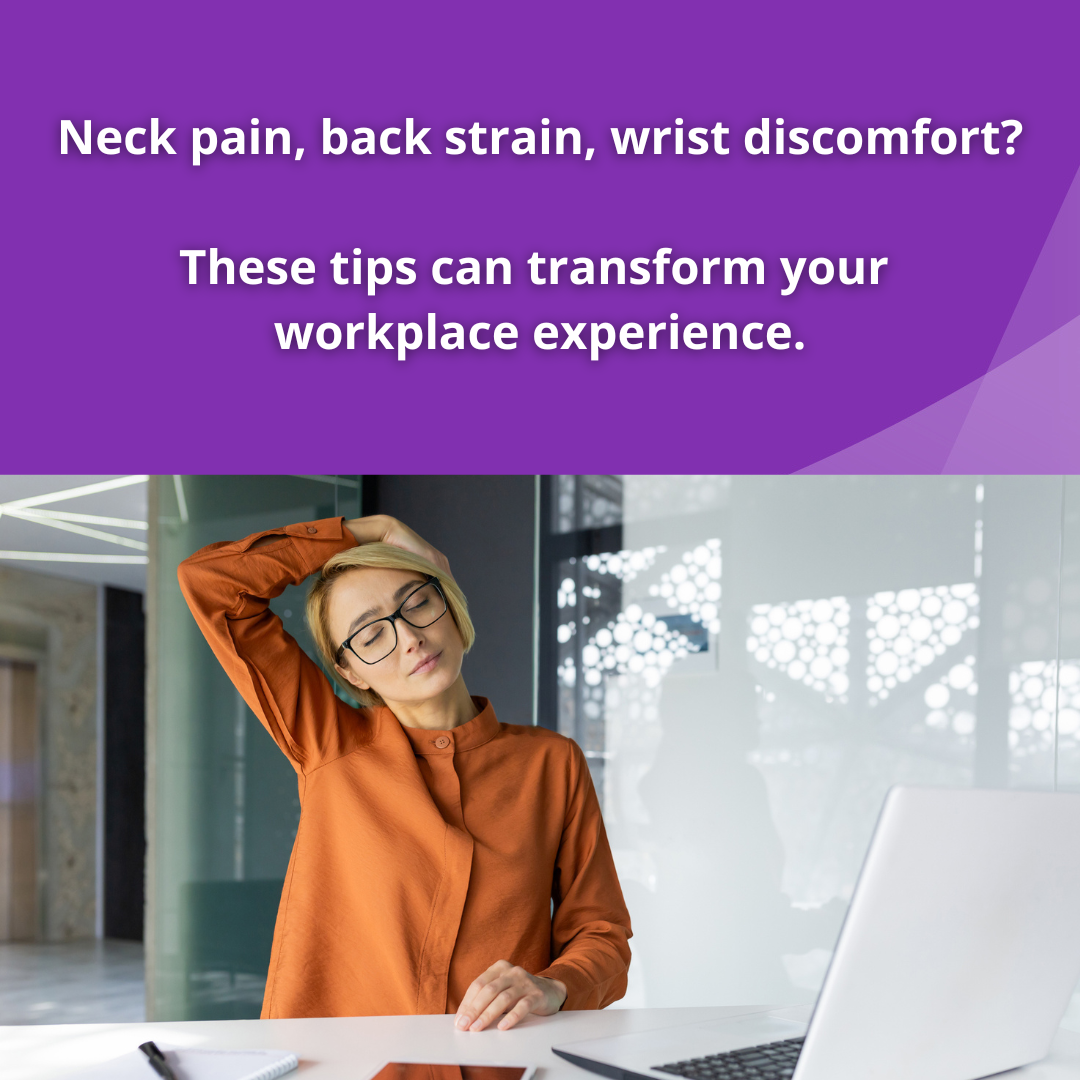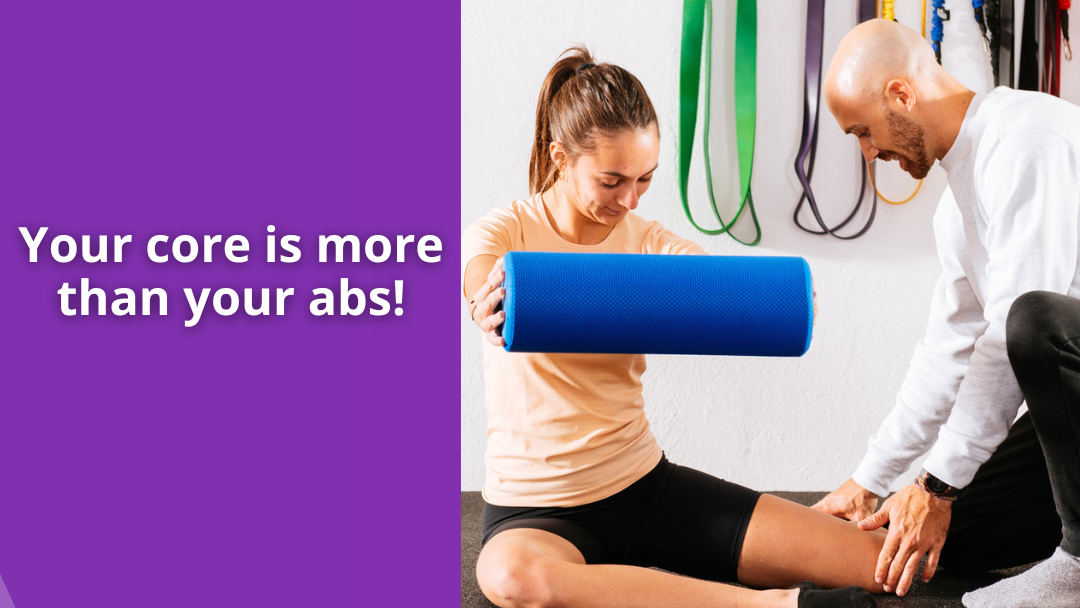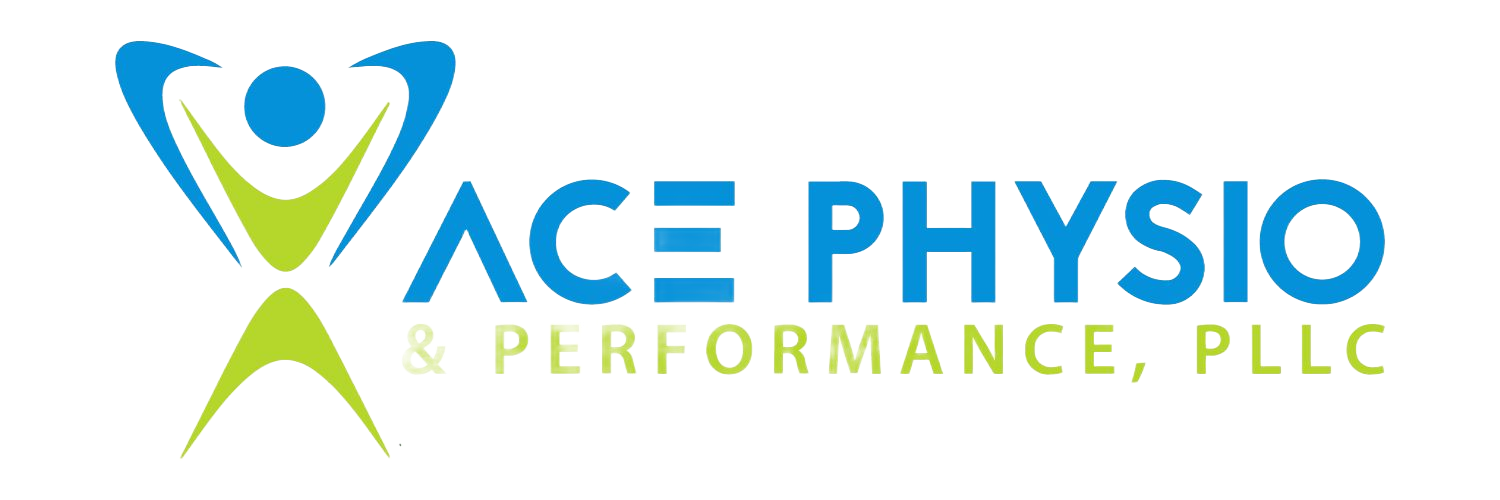What is Patellofemoral Pain Syndrome?
Patellofemoral [Knee] Pain Syndrome (PFPS) is a condition physically active kids and young adults worldwide commonly face (30-40% of sports-medicine diagnoses). The syndrome is characterized by the front of the knee pain or behind the patella (kneecap) pain aggravated by activities that load the knees such as running, jumping, squatting, and sitting with knees bent for a long duration.
Let's analyze the role our patella plays in activities. The kneecap improves the ability of our quadriceps muscles to extend our knee up to 50%. This ability can decrease stress up to 9x your body weight during normal activities and up to 20x your body weight during sports. Stress your knees experience is lessened due to the thickest cartilage in your body, behind the kneecap. It is estimated on average only 29% of your kneecap comes in contact with the bones behind at any given time of moving your knee.
If the contact your kneecap experiences with the other bones and the force in your knees increases, then this can potentially lead to PFPS. An example of this happening is when the kneecap is pulled towards the outside of the knee. You're probably asking yourself, "what causes this?" What a great question! This can be due to the femur (thigh bone) being rotated inwards which causes the kneecap to be pulled outwards. The kneecap can further be pulled outwards if there is extra outward rotation of your tibia (shin bone). Excessive outward rotation of your tibia also causes your kneecap to rotate inwards. So if these two abnormalities are present, then you now have a kneecap that is being pulled outwards and rotate inwards. Keep in mind the opposite can occur if the tibia is rotated inwards instead.
You might be thinking, "I had no clue this could happen". Keep in mind, the altered mechanics doesn't happen to everybody. There are numerous other risk factors to also consider. Let's dive a little deeper into other risk factors.
First of all, demographics can play a role.
-Females are at greater risk compared to males of developing PFPS.
-The peak age to potentially be affected by PFPS is from 12 to 17 years old.
-Increased body mass index (BMI).
Next, there are extrinsic factors.
-Improper training such as rapid changes in intensity, duration, or activity.
-Repetitive, high-frequency knee overloading.
-Environmental such as harder more difficult surfaces or hills.
Third, strength or lack thereof.
-Weakness in the hips or quadriceps.
Fourth, range of motion
-Decreased ability to move your foot closer towards your shin.
-Increased inward movement of the knee.
-Decreased foot mobility.
-Increased kneecap mobility.
-Shortened quadriceps muscles
-Increased general joint mobility
Finally, psychosocial factors
-Social support
-Poor perception of one's health
-Mental stress
So, what can I do to improve or prevent patellofemoral pain syndrome?
-Strengthen your hips, quadriceps, and core.
-Movement education.
-Stretch tissues that are truly shortened.
-Bracing options might potentially correct the alignment
-Taping is a potential short term relief
-Adjust activities accordingly
What should I NOT do to improve or prevent patellofemoral pain syndrome?
-Electrical muscle stimulation (EMS) is considered a potentially ineffective treatment.
-Foot orthoses do not have research to support the use.
-Surgery unless it is absolutely necessary.
-NSAIDs (such as Ibuprofen or Aspirin) have limited evidence to support the use.











